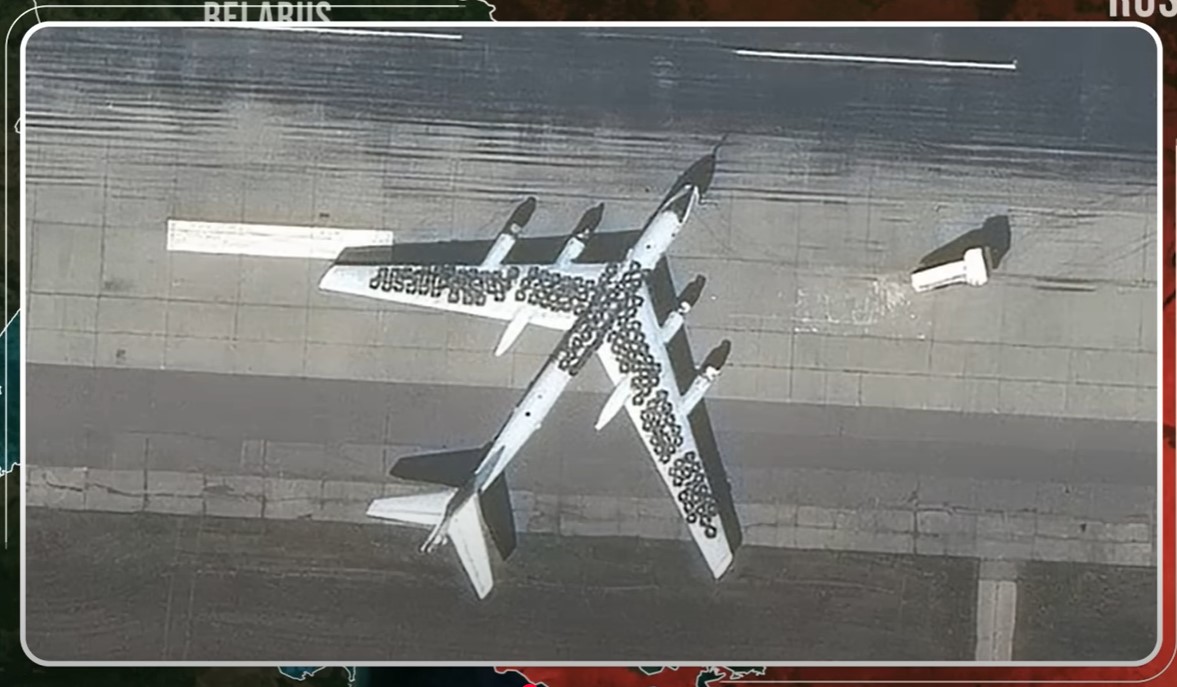Today, there is big news from the Russian Federation. Ukrainian forces executed a series of precision strikes aimed at critically undermining Russia’s air strike capabilities, delivering powerful blows to several strategically significant Russian airfields and ammunition storages.
By limiting Russian air power, Ukraine aims to leave Russian ground forces without fire support, making their attacks much more vulnerable. One of the most impactful attacks occurred at the Borisoglebsk airfield in Russia’s Voronezh Oblast, home to advanced Russian jets including Su-34, Su-35S, and Su-30SM aircraft.
The attack resulted in massive fires, destroying a critical depot containing KAB guided aerial bombs and severely damaging at least one combat training jet—with likely several more jets destroyed. Damage assessments are ongoing, but preliminary reports suggest substantial impairment of Russian aerial offensive capabilities.
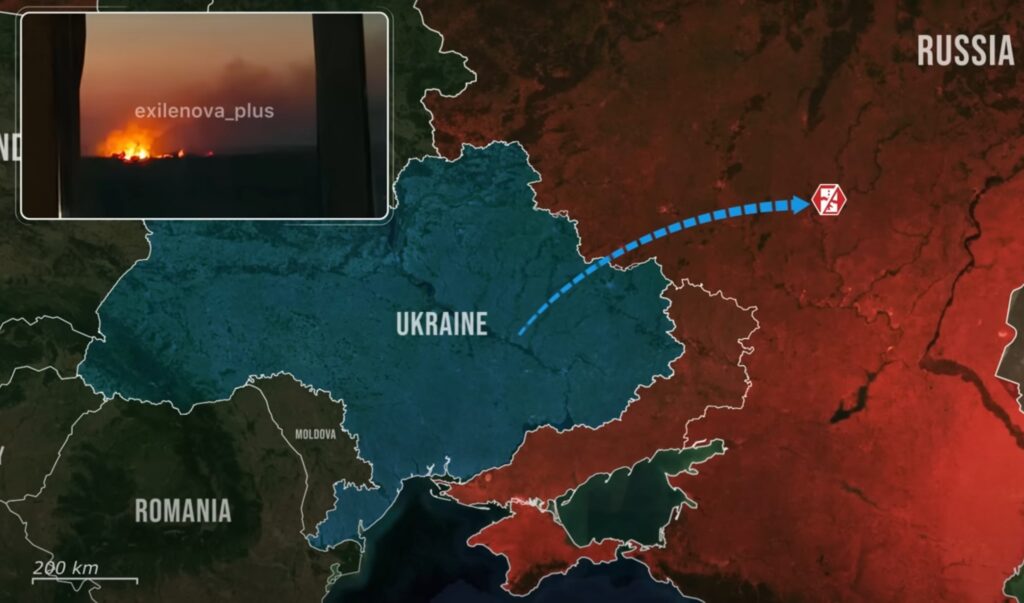
Ukrainian drones destroy bomb depots and air defense in Kursk and Bryansk
Another successful strike targeted the Khalino airbase in Kursk Oblast. Ukrainian munitions precisely hit a storage facility housing aerial bombs and missiles, destroying a Russian Pantsir-S1 air defense system guarding the site.
Ukrainian intelligence also coordinated a devastating strike on the 1060th Logistics Support Center in Bryansk Oblast, triggering extensive fires and secondary detonations. Multiple Russian munition depots full of rocket fuel, lubricants, and air-launched bombs and missiles were destroyed.
Su-34 fighter-bombers destroyed in Marinovka airbase attack
The most painful strike for Russia occurred at the Marinovka airbase in Volgograd Oblast, where Ukrainian Special Operations Forces confirmed the destruction of four advanced Su-34 fighter-bombers—Russia’s key tactical aircraft for strikes on Ukraine.
Satellite imagery shows extensive damage, including multiple craters, indicating the destruction of several ordnance storage sites. A former Russian military pilot and aviation analyst called this strike a multibillion-ruble loss that could have been prevented, citing serious operational security failures.
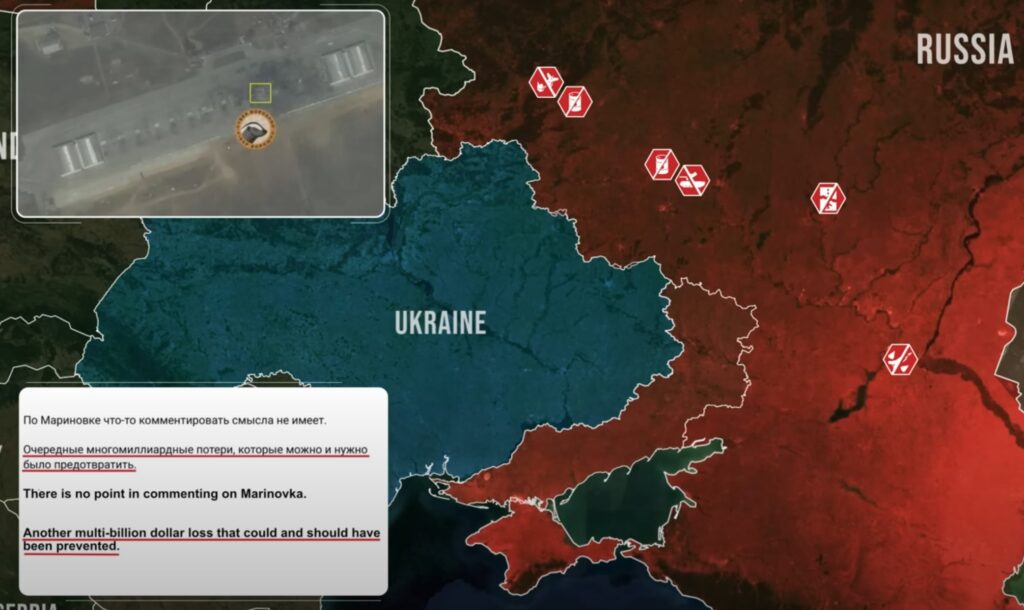
Tires on jets? Russian bases use ineffective defenses
Despite mounting losses, Russian airbase personnel continue placing tires over jet aircraft as a defense against drone strikes—a tactic repeatedly proven ineffective. This futile measure adds strain to Russian maintenance crews, further reducing operational readiness.
Ukrainian drones and missiles, unaffected by these rudimentary barriers, continue to destroy Russian aircraft on the ground with alarming precision.
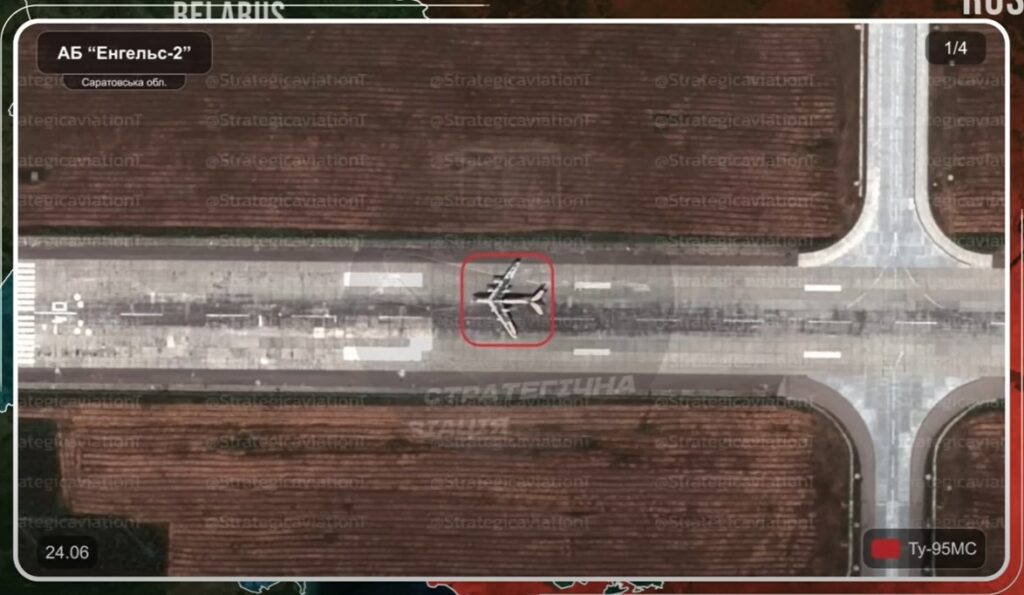
Ukraine targets Russian air-ground strategy at its core
Ukraine’s strikes follow a clear strategic logic. Russian ground tactics depend heavily on air and artillery support, typically locating Ukrainian positions by using waves of low-skilled infantry to draw fire.
By destroying aircraft, ammo depots, and air-defense systems in rear areas, Ukraine disrupts Russia’s ability to coordinate ground assaults, easing pressure on frontline troops and forcing Russia into riskier air operations with fewer assets.
Accidents rise as Russia pushes overworked aircrews
With fewer aircraft and an increasingly strained maintenance workforce, Russian aviation is suffering from higher accident rates. A recent crash of a Su-34 due to a landing gear malfunction killed an experienced pilot.
These self-inflicted losses, combined with the depletion of skilled personnel, are worsening Russia’s battlefield attrition.
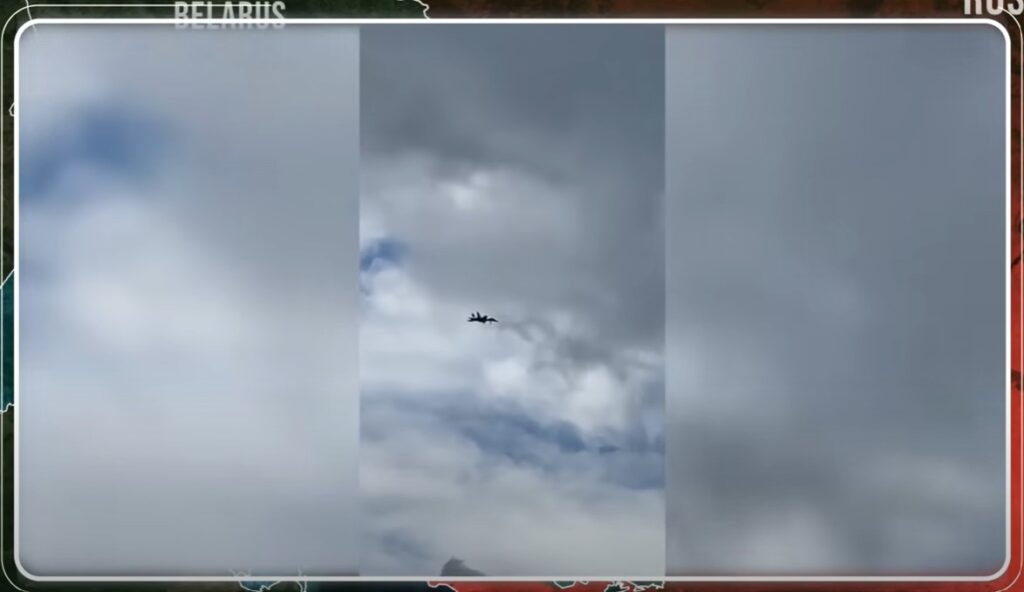
Russian airbases left vulnerable as protective measures stall
To reduce turnaround time, Russia has moved many aircraft dangerously close to the front line. While earlier efforts were made to build concrete protective shelters, satellite evidence suggests this work has stalled or been abandoned.
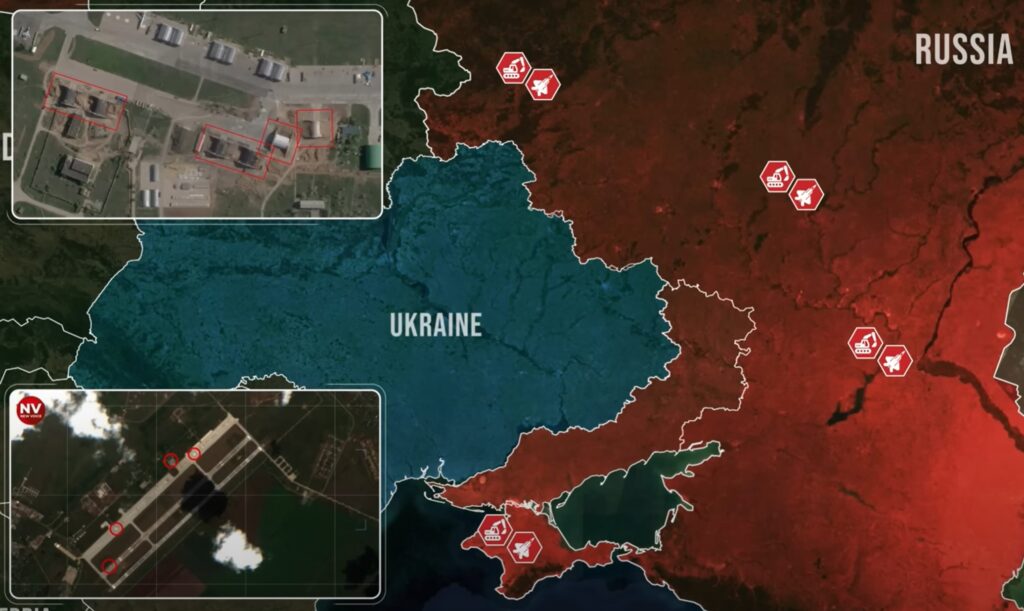
Without public or military pressure to resume fortification, Russia risks further devastating losses in future Ukrainian strikes.
Ukraine’s sustained campaign is strategically critical—weakening Russian air power, protecting civilians, and degrading offensive potential during the decisive summer months. Neutralizing Russian air superiority remains key to Ukraine’s battlefield success.
In our regular frontline report, we pair up with the military blogger Reporting from Ukraine to keep you informed about what is happening on the battlefield in the Russo-Ukrainian war.




